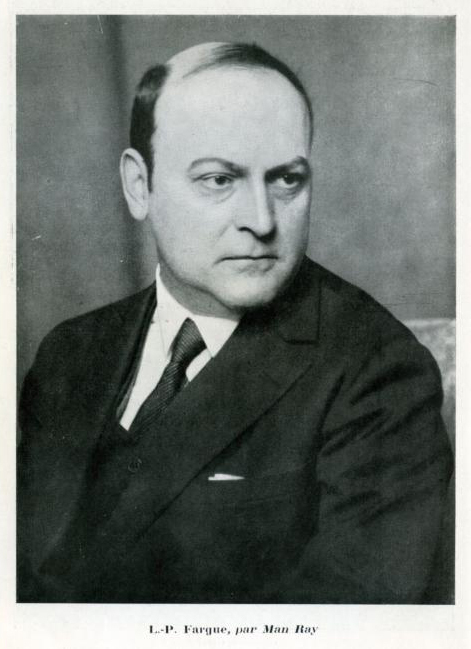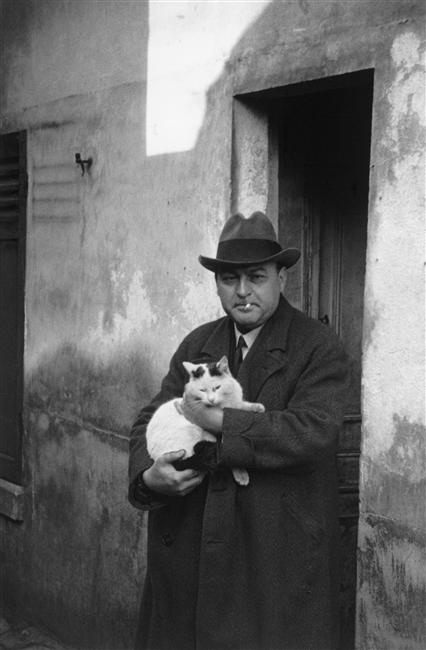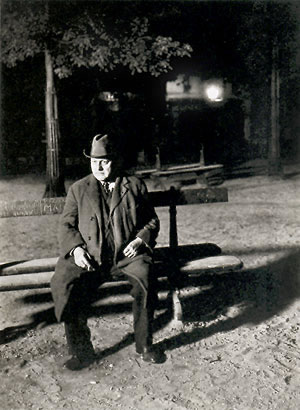<Back to Index>
- Poet and Essayist Léon - Paul Fargue, 1876
PAGE SPONSOR



Léon-Paul Fargue (4 March 1876 – 24 November 1947) was a French poet and essayist.
He was born in Paris, France, on rue Coquilliére. As a poet he was noted for his poetry of atmosphere and detail. His work spanned numerous literary movements. Before he reached 19 years of age, Fargue had already published in L'Art littéraire in 1894 and his important poem Tancrède appeared in the magazine Pan in 1895.
As an opponent of the surrealists, he became a member of the Symbolist poetry circle connected with Le Mercure de France. Rilke, Joyce and others declared that Fargue was at the very forefront of modern poetry.
He was also a poet of Paris, and later in his career he published two books about the city, D'après Paris (1931) and Le piéton de Paris (1939). His earliest work is divided between Paris prowlings and intimate scenes of childhood and nature.
He published a book of recollections about his friend, the composer Ravel. He was a member of the Apaches and remained a lifelong friend of Ravel. One of his poems, "Rêves", was set to music by Ravel in 1927.
He died 1947 in Paris and is buried in the Cimetière du Montparnasse. Federico Mompou dedicated No. 12 of his Cançons i Danses to Fargue's memory.
Among his works are Poèmes, 1905; Nocturnes, 1905; Tancrède, 1911; Pour la musique, 1912; Banalité, 1928; Vulturne, 1928; Épaisseurs, 1929; Sous la lamp, 1929; Loading ion, 1930; D'après Paris 1932; Le Piéton de Paris 1939.